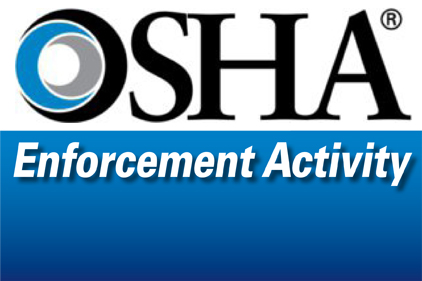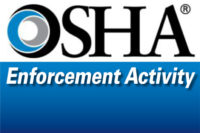OSHA has cited Monahan Filaments LLC – based in Arcola, Illinois – for violations of OSHA's machine safety standards after an employee suffered severe injuries. The manufacturer of synthetic filaments for brushes and brooms faces $258, 271 in penalties. OSHA placed the company in the agency's Severe Violator Enforcement Program.
OSHA received an employer-reported referral from Monahan Filaments after moving machine parts caused fractures and third degree burns to an employee's hand on Sept. 20, 2019, during production line set-up.
Following the inspection, OSHA cited the company for two willful violations for failure to control hazardous energy sources, and inadequate machine guarding on rotating parts and ingoing nip points. OSHA also cited the company for a repeat violation for not training employees to perform energy control procedures during set-up operations.
"Injuries from machine hazards are preventable when machine guarding and lockout /tagout standards are followed," said Principal Deputy Assistant Secretary of Labor for Occupational Safety and Health Loren Sweatt. "OSHA has resources available to help employers and workers understand requirements for properly safeguarding equipment."
OSHA's machine guarding and control of hazardous energy webpages provide information on what employers must do to limit worker exposures to machine hazards.
The company has 15 business days from receipt of the citations and penalties to comply, request an informal conference with OSHA's area director, or contest the findings before the independent Occupational Safety and Health Review Commission.
Under the Occupational Safety and Health Act of 1970, employers are responsible for providing safe and healthful workplaces for their employees. OSHA's role is to help ensure these conditions for America's working men and women by setting and enforcing standards, and providing training, education, and assistance. For more information, visit https://www.osha.gov.
The mission of the Department of Labor is to foster, promote and develop the welfare of the wage earners, job seekers and retirees of the United States; improve working conditions; advance opportunities for profitable employment; and assure work-related benefits and rights.



